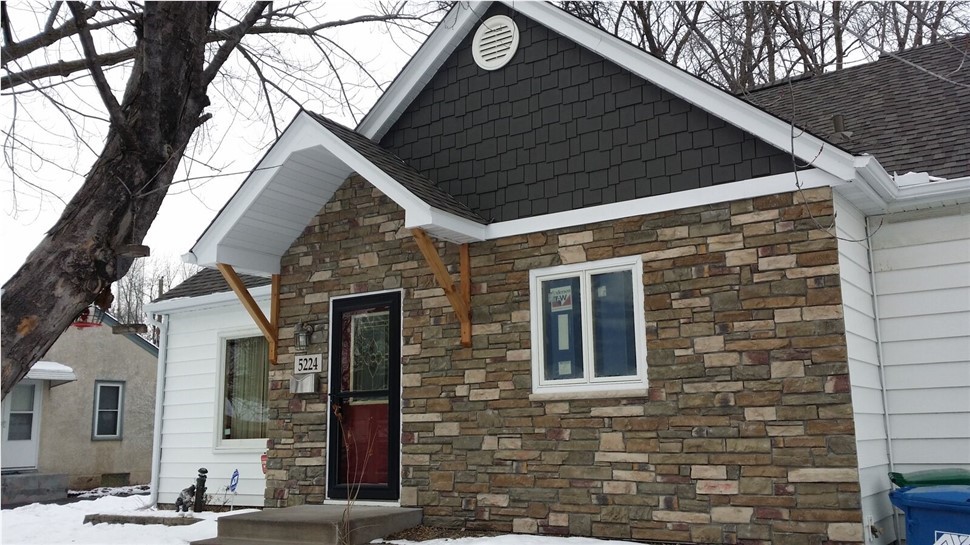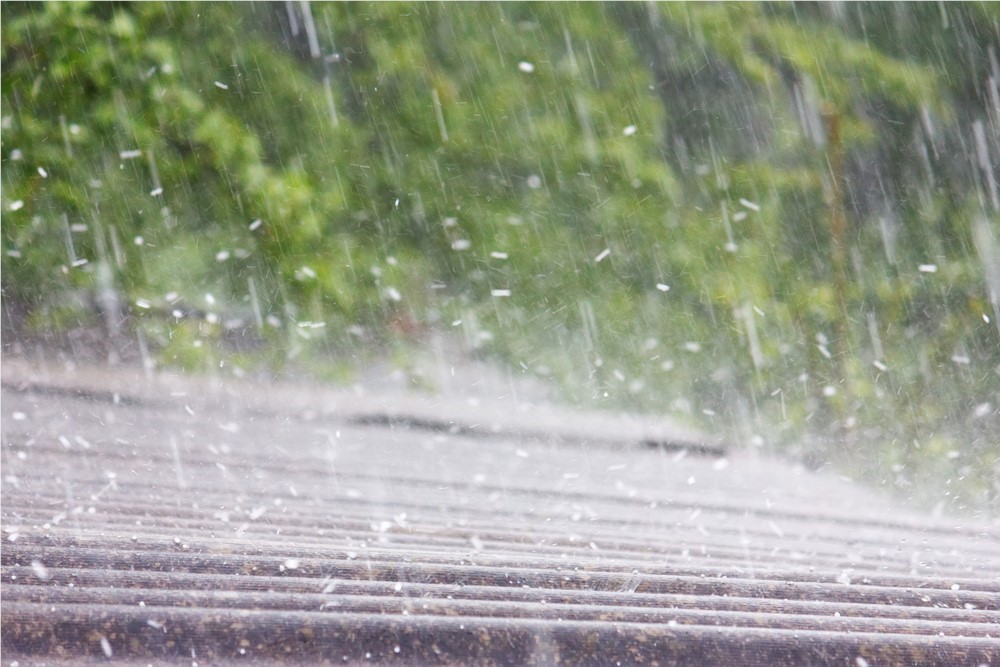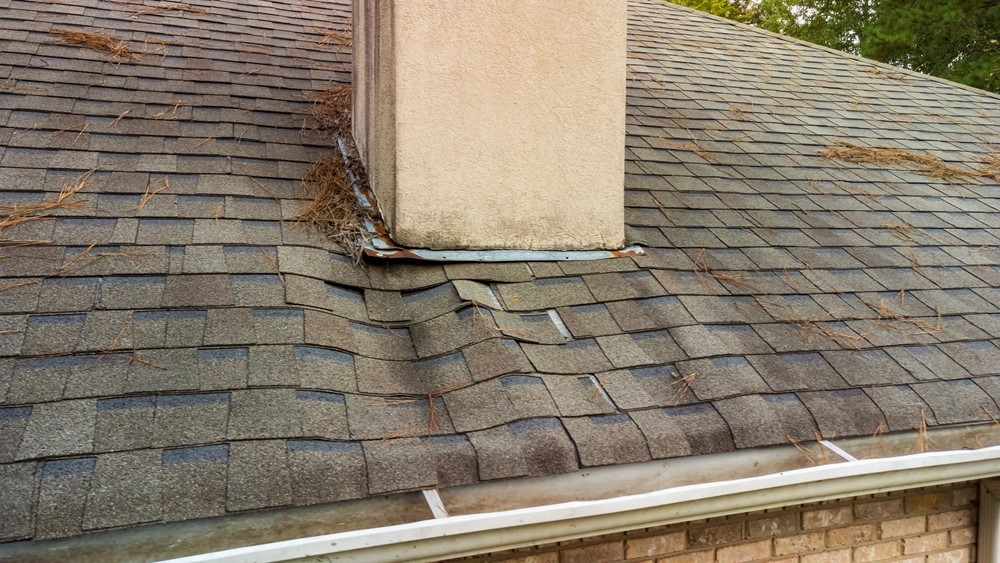(Editor's note: In Part 1 of our interview with Pat Quarve, owner/CEO of our Minneapolis area roofing company, we asked him to share some basics about metal roofing. In that post he discussed the drawbacks of standing seam metal roofing as well as different types of coatings. In this post he talks more about the metal roofing materials Quarve installs. If you haven't read that earlier post, click here to read the first part of Pat's sharing.)  Interviewer: With the metal roofing products that you’re using, the Arrowline/Edco and Kassel & Irons, are there a variety of styles? Pat: Metal roofing products come in come in styles like shake, slate, and shingle as well as the standing seam many people are familiar with. There are other styles of metal roofing look very much like traditional roofing materials such as asphalt shingles, cedar shake, slate tiles, and even clay tiles. But they're made of metal, so they hold up much better and don't require the maintenance like a wood or asphalt roof would. Interviewer: In our last interview segment you talked about the importance of a layer of air under the roofing in order to keep the attic cool. Is that how Quarve installs its metal roofing? Pat: Yes, that’s right. Most of the metal roofing Quarve installs has a little bit of air gap underneath it so it’s not laying right on the surface of the roof deck. This helps with energy efficiency, because the air flow underneath the roofing helps to cool the attic. Interviewer: Can we go back to the issue of the thickness of the metal roofing product? What is the gauge you really recommend for people to do on their roofs? Pat: For the gauge, the larger the number, the thinner the metal. As I said, a lot of standing seam roofing is fairly thin, around 29 gauge. If you’re getting into a stamped product with interlocking seams, most of those are 29 gauge. If you’re getting into a standing seam panel I would do 24 gauge. With the stamped product, the more surface imperfections you put into it, the stronger it makes it. When you’ve got a flat metal, you need to go a little thicker to make it look as good. Interviewer: Now in addition to the gauge or thickness, what else does a customer need to take into account when they are choosing metal roofing? Pat: The finish is very important. As I said, you can get a rock coating, but there are flat finishes as well. The most common are polyester and Kynar®. We recommend the Kynar® finish, because with any polyester type finish, in year 10 or 12 it doesn’t look very good. It starts to fade and you lose that vivid, rich color you had when the roof was new. But with roofing that's got a Kynar® coating, it resists fading. For example, in year 40 you could change a piece out and not be able to tell the difference. And besides fading, there are other issues with finishes. The polyester finish is still open, inorganic paint where mold and fungus can adhere, where the Kynar® is a crystal type with a very good hardness that doesn’t allow mold or fungus to adhere. You could use the water off that roof for your vegetable garden if you wanted to.
Interviewer: With the metal roofing products that you’re using, the Arrowline/Edco and Kassel & Irons, are there a variety of styles? Pat: Metal roofing products come in come in styles like shake, slate, and shingle as well as the standing seam many people are familiar with. There are other styles of metal roofing look very much like traditional roofing materials such as asphalt shingles, cedar shake, slate tiles, and even clay tiles. But they're made of metal, so they hold up much better and don't require the maintenance like a wood or asphalt roof would. Interviewer: In our last interview segment you talked about the importance of a layer of air under the roofing in order to keep the attic cool. Is that how Quarve installs its metal roofing? Pat: Yes, that’s right. Most of the metal roofing Quarve installs has a little bit of air gap underneath it so it’s not laying right on the surface of the roof deck. This helps with energy efficiency, because the air flow underneath the roofing helps to cool the attic. Interviewer: Can we go back to the issue of the thickness of the metal roofing product? What is the gauge you really recommend for people to do on their roofs? Pat: For the gauge, the larger the number, the thinner the metal. As I said, a lot of standing seam roofing is fairly thin, around 29 gauge. If you’re getting into a stamped product with interlocking seams, most of those are 29 gauge. If you’re getting into a standing seam panel I would do 24 gauge. With the stamped product, the more surface imperfections you put into it, the stronger it makes it. When you’ve got a flat metal, you need to go a little thicker to make it look as good. Interviewer: Now in addition to the gauge or thickness, what else does a customer need to take into account when they are choosing metal roofing? Pat: The finish is very important. As I said, you can get a rock coating, but there are flat finishes as well. The most common are polyester and Kynar®. We recommend the Kynar® finish, because with any polyester type finish, in year 10 or 12 it doesn’t look very good. It starts to fade and you lose that vivid, rich color you had when the roof was new. But with roofing that's got a Kynar® coating, it resists fading. For example, in year 40 you could change a piece out and not be able to tell the difference. And besides fading, there are other issues with finishes. The polyester finish is still open, inorganic paint where mold and fungus can adhere, where the Kynar® is a crystal type with a very good hardness that doesn’t allow mold or fungus to adhere. You could use the water off that roof for your vegetable garden if you wanted to.  If you'd like to find out more about having a metal roof installed on your home, why not give us a call for a free in-home consultation? Our estimates are provided without obligation, and we'd be happy to go over in detail with you the benefits of each type of metal roofing we install. We can help you make an informed choice for your home. We are a licensed Minnesota roofing contractor, and we've installed hundreds of roofs throughout the St. Paul and Minneapolis area. You can visit our Pinterest site to take a peek at just a few of our metal roofing projects.
If you'd like to find out more about having a metal roof installed on your home, why not give us a call for a free in-home consultation? Our estimates are provided without obligation, and we'd be happy to go over in detail with you the benefits of each type of metal roofing we install. We can help you make an informed choice for your home. We are a licensed Minnesota roofing contractor, and we've installed hundreds of roofs throughout the St. Paul and Minneapolis area. You can visit our Pinterest site to take a peek at just a few of our metal roofing projects.
Subscribe to Quarve Contracting's Blog







Comments